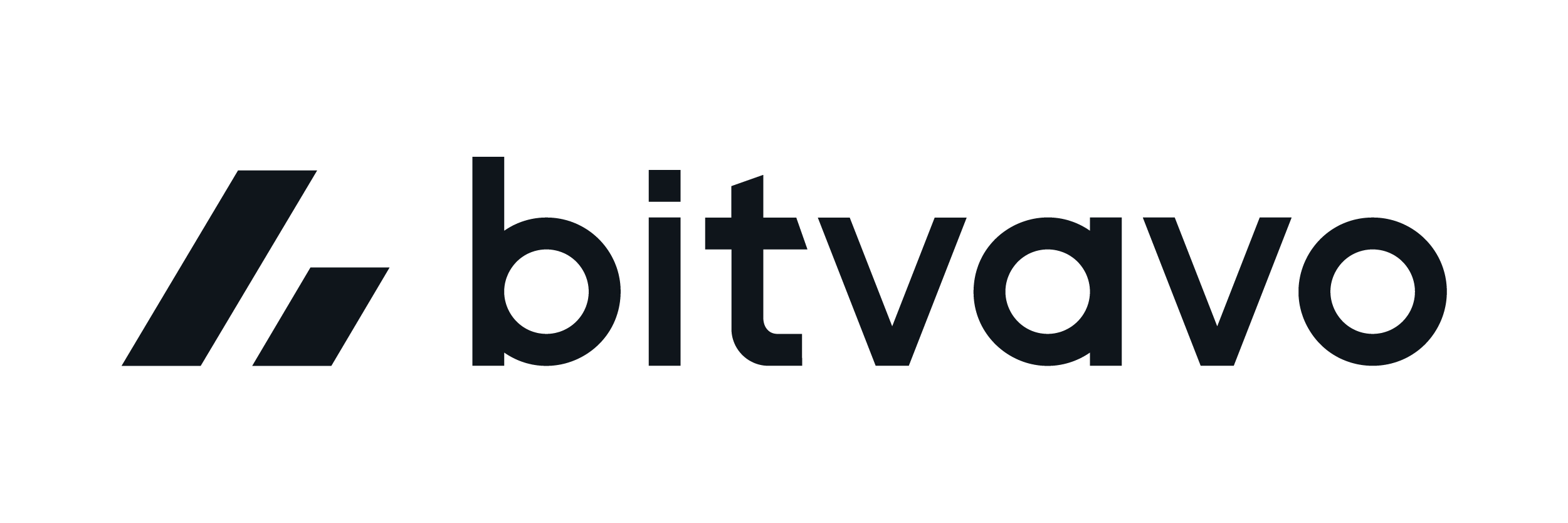Welcome to this post, where we are going to see how Apricot, one of the main lending & borrowing platforms in Solana, works.
Apricot is one of the main platforms in Solana to borrow using collateral, or place your cryptocurrencies in exchange for a % to be lent. Plus, adding farming options with leverage. It is a combination of platforms like AAVE and Alpaca.
In this guide we are going to see the main aspects you should know before using this platform.
What is Apricot Finance

Apricot is a next-generation lending protocol that supports leveraged yield farming in Solana. Its mission is to help users maximize yield while protecting their downside.
With Apricot, users can use:
- Deposit assets to earn interest (Apricot Lend).
- Borrow assets for trading or leveraged yield farming (Apricot Cross-Farm)
- Pre-configure when and how automatic deleveraging occurs (Apricot Assist) to avoid liquidations.
These are the 3 pillars that Apricot has, which adds a very interesting option with the apricot assist. Since many similar platforms you do not find options to avoid being liquidated, and with apricot assist you can configure it to be prepared for any market drop.
You can find the main cryptocurrencies of the Solana network to use in the lend part, and in farm aspects, are the Orca farms where you can use leverage to maximize the annual %, although taking into account the risk it has.
Lend
In Lend and markets you can find the different cryptocurrencies that you can put as collateral, and borrow, with their annual %. Cryptocurrencies such as Solana, USDT, USDC, BTC, ETH, SRM, RAY or UST among others.
The relevant aspects to see are market deposited, which is the amount deposited in $ of that cryptocurrency on the platform, and market borrowed, which is the amount borrowed. Further to the right, we find deposit APY, which is the % you will receive for placing that cryptocurrency on their platform, and further to the right you will see the annual % you must pay for borrowing that cryptocurrency.
You will see that there is the apricot logo, and this is because there is an incentive program on the platform, where you will receive their token for using it. Although the annual % you see is already the final one, if you click next to it on the ? you will see the breakdown of the %, and the amount you will receive in apircot for this incentive program. So when you borrow, you will actually have to pay back a higher %, but when you receive apricot for borrowing, the actual % decreases.
To use the lend part, the first thing we will need to do is to place our cryptocurrencies. Either to receive the annual %, or to borrow and have collateral. To do this, we will click on deposit, for example, Solana. Here, simply indicate with numbers or using the bar the amount you want to place in apricot, below you will see the % you will receive and the limit you have to borrow. Usually it is around 70-75% the limit you can borrow, but be aware of the risk of being liquidated.
Click on Supply, confirm in your wallet and you are done. This way you will start to get the % you can see. If you want to borrow, with the collateral you have placed, click this time on borrow, for example, USDT, you will see the amount you can borrow. Below, your limit, and the % to borrow. Once you have indicated the amount, click on borrow, confirm in your wallet and you are done.
Do not use the maximum to borrow, or you may be liquidated, because, if the price of Solana falls, and you do not place more collateral, your position will be liquidated. So keep this aspect in mind whenever you use leverage, or borrow on platforms like Apricot.
At the top of lend, you can find all the information of your position, both what you have deposited and what you have borrowed. To withdraw, simply click withdraw and confirm in your wallet. If you have borrowed, you must first return the amount you have borrowed, and then you can withdraw what you have as collateral.
X-Farm
X-farm allows you to use leverage to farm, which gives you a higher annual return, but with more risk of being liquidated. To use X-Farm, you must deposit in lend, and with the deposited amount, you can use it to farm with leverage.
In the same way that you can borrow, in x-farm, you borrow and apricot directly places it in an LP Token with leverage to farm. If you don’t know how LP Tokens work, I recommend you to look at our page, before you jump into using aspects like farming with leverage, as it has a high risk.
Here, the most relevant thing is to see the max net APY, which refers to the annual return you can get using the maximum leverage allowed by the platform. Further to the right, you can see where the total APY comes from, and use the bar to see what percentage you get with less leverage. Below the bar, you can see in the leverage portfolio the leverage you are using at any given moment. So it is not necessary to use the maximum leverage, you can use less and see what % you will receive in each LP.
Also, above you can see the value of the LP with that leverage level. If for example you have $100 that you have placed in deposit, and the leverage is 2.6x, the value of the LP using the maximum leverage is $260. So with 100$, you will be farming as if you had 260$, with the risk that this entails.
Click on farm of the LP you are interested in, select with the bar the amount you want to use as leverage, and on the right you will see the different annual % in each leverage level you indicate. Finally, once you have indicated the amount of leverage you want to use, below you will see what the platform does. It basically borrows the two tokens from the LP Tokens, deposits them in Orca to create the LP and places them in apricot on farm. All this is done automatically, but it is very good that indicates all the steps so you know what they really do once you click on start farming and better understand how it works.
Click on start farming, and confirm in your wallet. And in this way, you will already be generating the % that you could see in final APY. Always keep in mind the risk of being liquidated, and always be aware of the risks of using leverage in farming before placing money in this type of high risk operations.
Assist
Apricot Assist is activated when your Used Loan Limit > Activation Level. The current version of Apricot Assist 1.0 allows stablecoin debt repayment. You can also use non-stablecoin token debt repayment if your debt is backed by a corresponding LP token. For example, if you have the SOL-USDC LP token in your account, Assist can help you repay your corresponding SOL debt (if any). When activated, Apricot Assist will do the following in order:
Exchange LP tokens to pay off the corresponding debt (if any).
Sell stablecoins in your deposit to pay the stablecoin debt.
Sell non-stablecoin tokens in your deposit to pay the stablecoin debt.
You can adjust both the trigger level and the target level on the left to see the exact sequence and amount of deleveraging operations to be performed by Apricot Assist in the assist simulator on the right side.
Recommended settings
The larger the difference between the activation level and the target level, the more tokens will help you to sell/withdraw Apricot Assist when it is activated. It is recommended to keep the difference small (e.g. <5%), especially if you have large positions that can create non-trivial slippage when deleveraging. Also note that Apricot Assist has a per trade size limit of $100K USD. If Apricot Assist needs to sell more than $100K USD of your non-stable/stable tokens to get your Used Loan Limit below the Assist Activation Level, it’s going to do it in multiple separate transactions over 20s.
I hope this has helped you learn more in detail about how apricot works and what new features it brings to the table. Remember, if you don’t have an account with binance, you can create one just below.
Platform: Binance
Min. deposit: $10
License: Cysec
Very low commissions
Exchange with more cryptocurrencies


